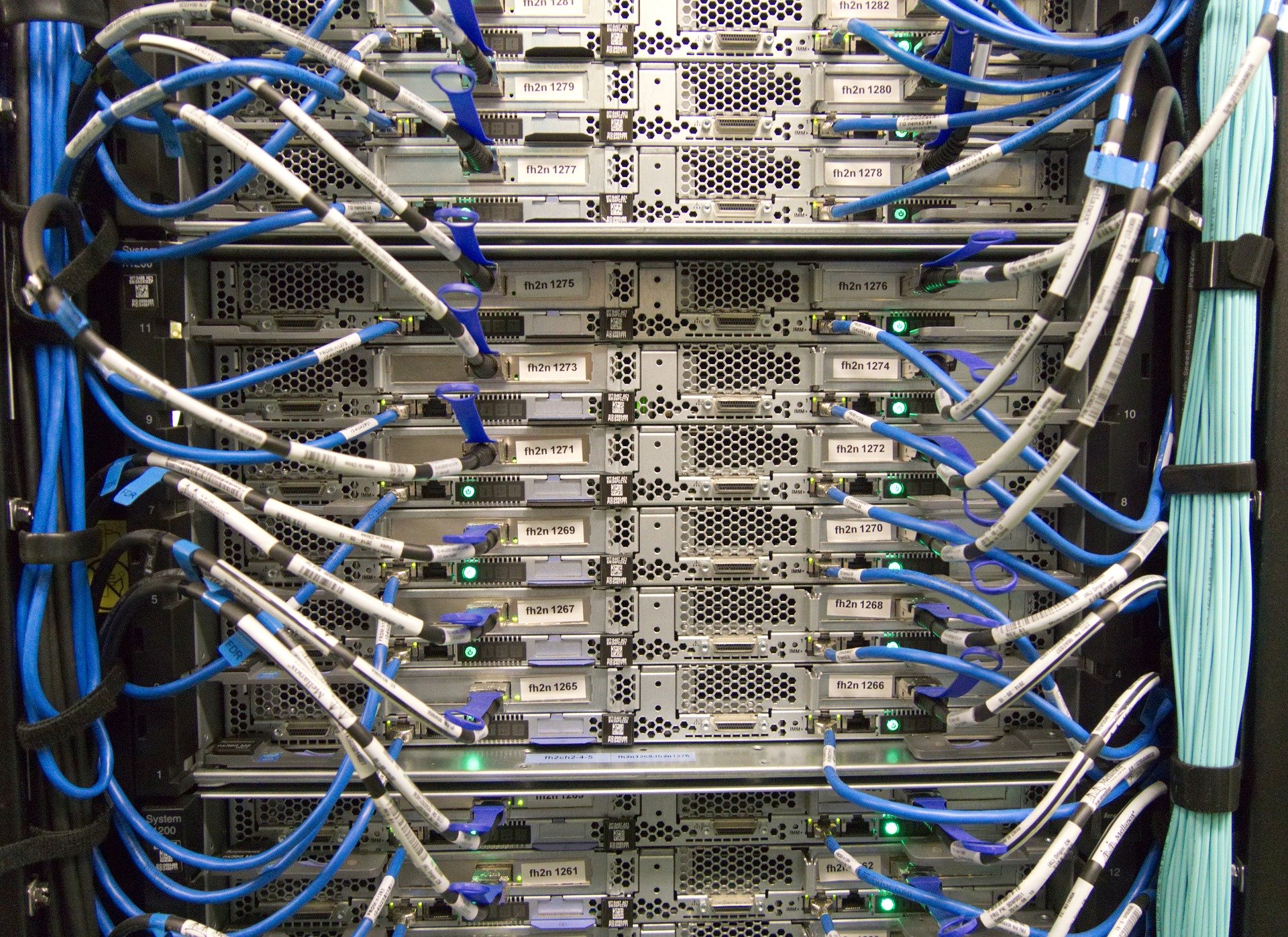If you have done research on managed services, you’ve likely seen a lot of high-level discussion about the types of service you can expect. From outsourcing to business continuity, there are many areas that are addressed under that umbrella. Because it can be easy to misunderstand the many benefits of a managed service model, in this series we will drill down onto some of the specific services we provide. Networks carry voice, video, and data on a unified communications system. Your network supports the information your company uses and requires on a daily basis. A professional managed services firm provides trained and certified personnel who have deep experience with the creation and installation of network infrastructures. This is true across a spectrum of environments. Structured cabling is vitally essential for day-to-day operations, and done correctly, it maximizes the efficiency and production of your network.
Structured Cabling Defined
Structured cabling is the wiring network that connects the people, systems, and technology in your organization. The network includes the cables, hardware, equipment, management tools, facilities, and work areas that allow for the transmission of data. The structured cabling network, if set up correctly, can outlast other IT infrastructures – such as servers, switches, and end-user devices. This means that the cabling infrastructure can remain as other components are switched out.
A structured cabling system is comprised of six basic components:
- Horizontal Cabling: Horizontal cabling typically runs below the floor or in the ceiling, and includes everything between the telecommunications outlets in the work area and the telecommunications room.
- Backbone Cabling: Backbone cabling includes telecommunications and equipment rooms that serves as the main conduit between entrance facilities and buildings.
- Telecommunications Room: The telecommunications room is comprised of the termination equipment needed to connect horizontal and backbone wiring. The room is built on the floor it serves.
- Work Area: This area comprises all of the components between the telecommunications outlet and endpoint equipment, and changes frequently.
- Equipment Room: This room contains servers, routers, switches, PBX and mechanical terminations. The equipment room can either replace or be separate from the telecommunications room.
- Entrance Facility: This is the point at which the service provider’s cable and equipment connects with your facility’s backbone cabling.
Stuctured Cabling: Cat 5 and Cat 6
Even though Cat6 and Cat6a cabling offer higher performance rates than Cat 5 and Cat 5e, many clients still choose the latter due to its cost-effectiveness and ability to support Gigabit speeds. Cat5 and Cat5e (enhanced) cables are physically similar. The enhanced cables provide a lower-noise version where crosstalk is minimized. Crosstalk is interference that transfers from adjacent wires. Cat 5e is the most common cabling and has largely replaced Cat5.
- Both Cat5 and Cat5e support a maximum frequency of up to 100MHz.
- Gigabit Ethernet uses 4 data pairs in comparison to Fast Ethernet which utilizes 2 data pairs.
- Cat 5e supports speeds of up to 1000 Mbps.
- Cat 5e is flexible enough for small space installations or large commercial installs.
- Cat6 wiring supports up to 10 Gbps and frequencies of up to 250 MHz.
- Cat6 cables are more tightly wound and feature 2 or more twists per cm than Cat5e, which features 1.5-2 twists per cm.
- Cat6 cables feature thicker sheaths in comparison to Cat5e, which protects against Near End Crosstalk (NEXT) and Alien Crosstalk (AXT).
Having the right cabling and hardware is a good beginning, but hiring experts for your installation maximize a company’s investment. Alliance IT can provide the advice, expertise, and manpower you need to make the most of your equipment budget. Call today for more information on structured cabling and all other managed services support.

